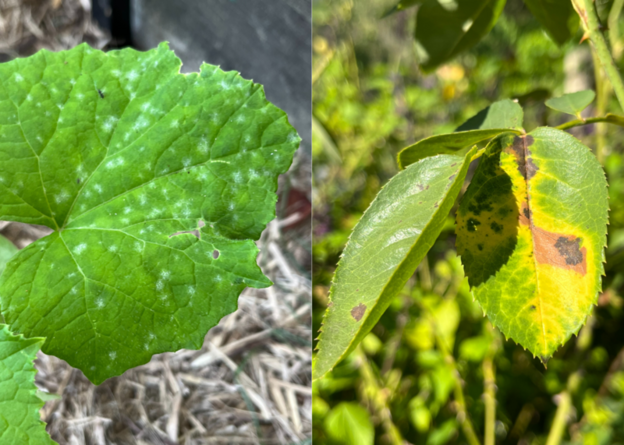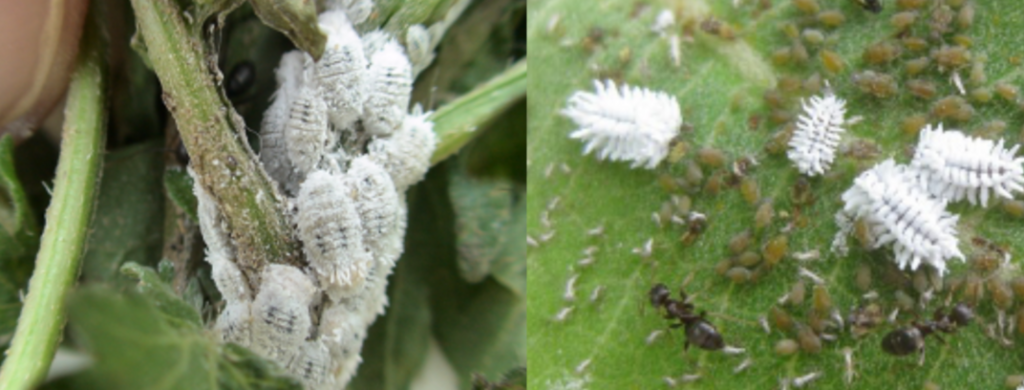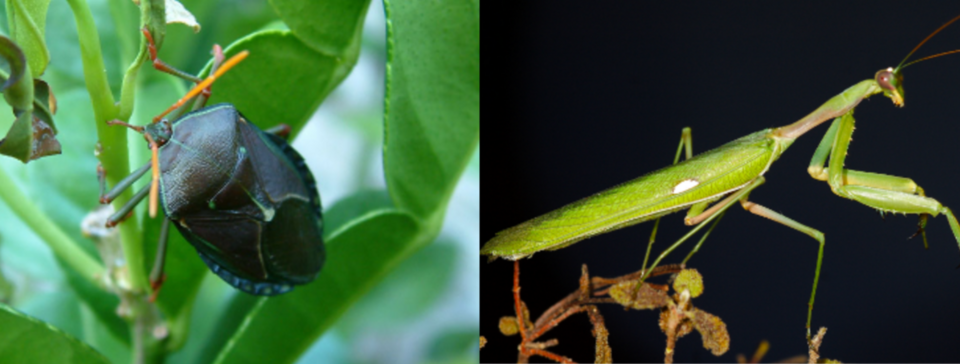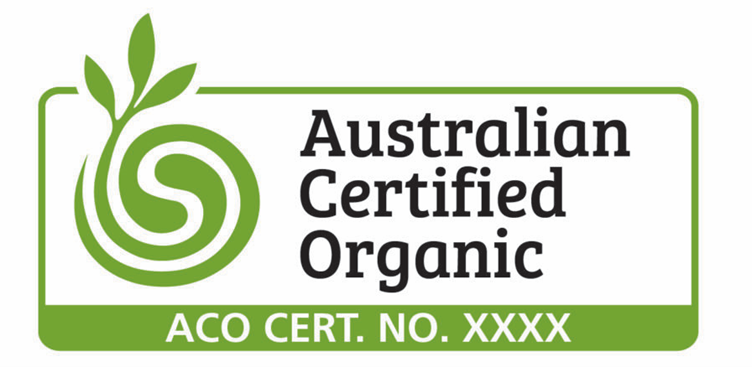With the summer growing season upon us, Brisbane-based horticulturist Claire Bickle has shared some handy tips and tricks for managing pests and disease in your garden without resorting to harmful chemicals.
Why organic?
When it comes to pest and disease control in your garden, it wasn’t long ago that most people would grab the nearest chemical off the shelf with no thought on toxicity and the long-term residual issues in their environment.
These days, people are far more aware of chemicals in their surroundings, whether it be in their food, household products or gardens, and this is certainly a good thing. In the garden, choosing to control pest outbreaks and disease issues using certified organic sprays is important because it reduces the amount of chemicals that may cause harm to yourself, your family, wildlife, the soil and beneficial insects.

Prevention is better than cure
Gardening with an understanding of what grows when, where and how will make a big difference to your successes and failures. This will also have a bearing on how many issues you may or may not have when it comes to pest and disease outbreaks.
Growing certain vegetables out of season means that they are not receiving the correct temperatures and day-lengths that they require for optimal growth and harvests. Being under duress means that they will be more susceptible to a range of possible diseases and pest attacks.
For example, growing cucurbits in winter means you will find fungal diseases such as powdery mildew more prevalent, while growing brassicas in the height of summer generally sees you having severe cabbage moth damage. The same goes with growing plants that are out of their climatic zone and not giving plants their preferred cultural conditions, such as soil pH requirements, drainage, sun or shade preferences and so forth.

Finding your balance
When there are less chemicals in the environment you find there is a balance between predatory beneficial insects and pest insects that attack your plants.
For example, sometimes you will find an outbreak of a particular insect, and within a few days or a week predatory insects will arrive to consume them. This is the natural cycle.
Constantly spraying nasty chemicals in your garden means you are not only are killing the good bugs, you are also killing their food source – the bad bugs.
Identifying your plant disease or pest insect
Knowing when you have a disease issue and being able to identify the difference between pest insects and a beneficial insect is important to know. Just because there’s an insect on your plant doesn’t always equate to it being a problem. To identify, head to your local garden centre, local insect or plant health online group or reference book for clarification and identification.


What does certified organic mean?
Certified organic means that a product has gone through all the rigorous government testing requirements to prove that there are no hazardous or residual issues within the active constituents. This benefits the environment, people and other fauna.
There are a variety of approved bodies who provide organic certification services. The products that tick all the boxes will have one of their symbols displayed on the packaging, so you can be sure you’re buying a certified organic product.

** Green washing beware.
Did you know that products can appear to be environmentally safe and even have the word organic on the packaging without actually even being certified organic? This marketing tactic sees words like ‘natural’, ‘eco’, and ‘earth’ used to make you feel like it’s a safe organic product when it isn’t actually certified.
What to use
There are many certified insect sprays, disease controls and herbicide weed killers that are certified organic, ready to use and available to purchase at garden centres, online and at hardware stores.
Be aware that organic sprays such as pyrethrum may be certified organic, but they are still lethal to beneficial insects including bees as well as a range of pest insects. Other certified organic sprays have a variety of base ingredients such as botanical oils, bicarb, neem, Bt – Bacillus thuringiensis, sulphur, copper and so forth. Ask a professional which spray should be used for what if you’re not sure on what to choose. Another option is to make your own, which we’ll go into below.
Homemade remedies – DIY sprays
You’d be surprised at what is already sitting in your kitchen and laundry cupboard that will be the perfect ingredients to make up your very own organic pest and disease sprays.
Vinegar, soap flakes, vegetable oil, bi carb, chillies, garlic, water, milk can all be utilised to great effect.
1. Scale & Mealybugs
Mix:
4 tablespoons of dishwashing liquid
1 cup of vegetable oil
Mix one part of that mixture to about twenty parts of water.
2. Aphid and caterpillar spray
Mix:
2 tablespoons of soap flakes
Chili and garlic
1 litre of warm water
Simply spray as is, no need to dilute.
3. All-round bug killer
4 chopped onions
2 cloves of garlic
4 hot chilies
Mix together and cover with warm soapy water overnight.
Strain off the liquid the next day, add 5 litres of water and then spray.
4. Possum and cabbage moth deterrent
Mix:
1 cup of molasses
1 litre of water
Spray onto new foliage.
5. General Fungicide
Mix:
1 level teaspoon of bicarb soda
1 litre of water
1 litre of skim milk
A pinch of condy’s crystals.
6. Black spot fungicide
Mix:
3 teaspoons bicarb soda
1 litre of water
A few drops of dishwashing liquid or fish emulsion (this helps it stick to the foliage).
7. Weedkiller
Mix:
1 cup of salt
1 litre of vinegar
Brush this directly onto weeds.
Note: this is not a selective herbicide – it will kill anything it comes into contact with.
About Claire Bickle
Claire Bickle is a Brisbane-based qualified horticulturist with 30 years’ experience. She is passionate about all things horticultural, gardening and sustainability. She is a regular ABC radio presenter, workshop facilitator, educator, writer, speaker and garden tour leader.
Facebook: Claire Bickle Gardening for the Goodlife
Instagram: @clairebicklesgoodlife


